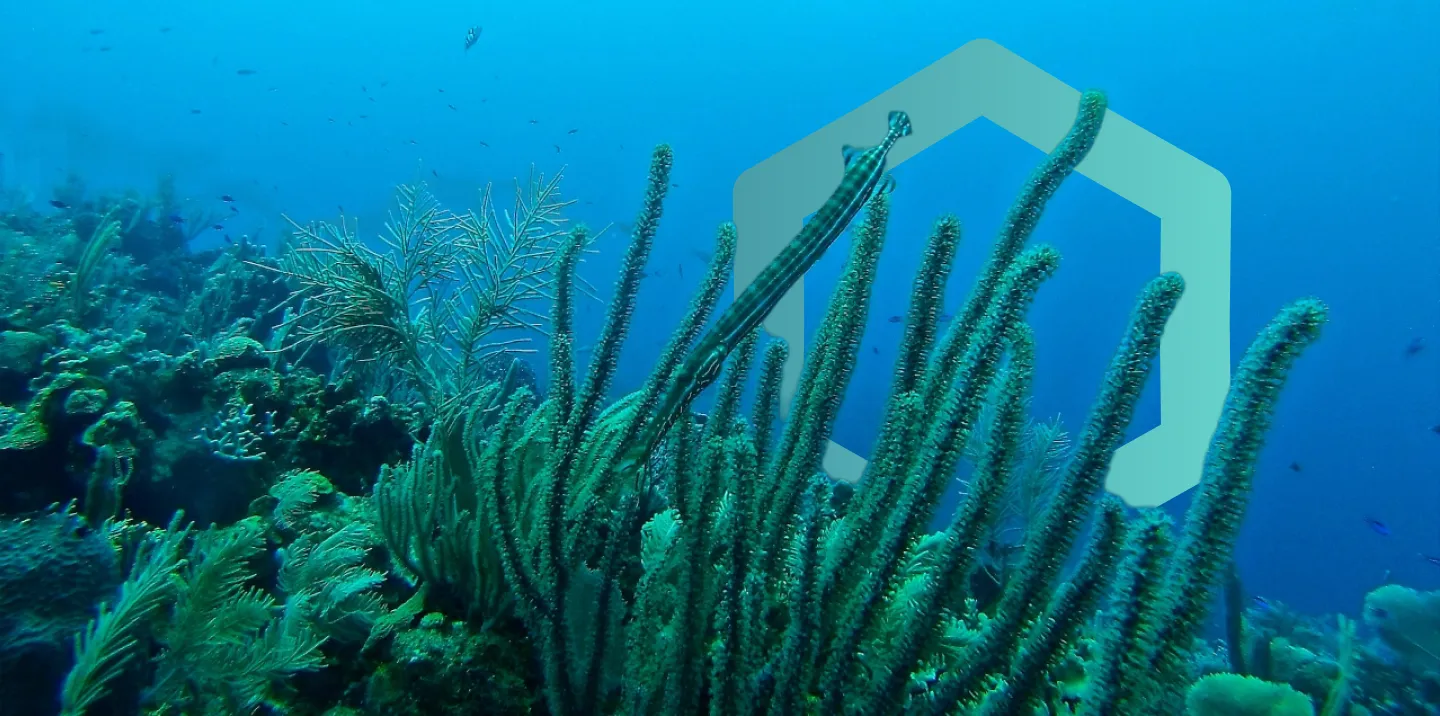How and why we need biodiversity baselines for coastal ecosystems
Coastal biodiversity provides a huge array of ecosystem services, including provision of food and income for local communities and supporting global industries such as aquaculture and tourism. Some habitats also sequester significant amounts of carbon and are included in the voluntary carbon markets. There is a growing effort to move beyond carbon tunnel-vision, integrating the wider value of the services these habitats provide, and opening up new financial flows for critical ecosystems that are excluded from the carbon markets.
Nature markets remain nascent, but we know that high-integrity biodiversity baselines and measurement frameworks will be critical for demonstrating outcomes linked to finance. We also know that access to regular, high resolution data will help to adapt and optimise management approaches on the ground and can feed directly into corporate reporting needs linked to TNFD and allied policy drivers.
Therefore, developing biodiversity data collection strategies that are scalable, robust and high-integrity - i.e. future-proofed - has become a strategic priority for many organisations. This data must be actionable in the short term but flexible enough to meet future initiatives and financing mechanisms.
The event will explore how we address these challenges, including the frameworks being developed by NatureMetrics and their application to projects being delivered by Kelp Blue and West Africa Blue.
Kelp Blue develops universal kelp ecosystem metrics
Xu Ben Zhang discusses how Kelp Blue are cultivating large-scale giant kelp forests to restore the health of the oceans in near-shore and off-shore ecosystems. The projects are partly funded through innovative commercial use cases for kelp, including processing the kelp canopy into biostimulants for the agricultural sector.
The cultivated kelp forests provide a habitat for marine species and hold exciting promises for boosting biodiversity, creating sustainable jobs and products, and sequestering carbon.
Xu will describe how eDNA was used to produce a comprehensive biodiversity baseline to evaluate the impacts of giant kelp farming and support the development of universal kelp ecosystem health metrics.
West Africa Blue funds coastal regeneration through blue carbon
Sean Fitzpatrick describes West Africa Blue’s pioneering work in creating some of the first large-scale blue carbon projects in Africa. Their focus is on testing and promoting novel technologies and benefit-sharing mechanisms to help catalyze voluntary carbon markets in the region.
He describes some of the limitations of traditional biodiversity monitoring techniques to fully describe the impacts of improved ecosystem health delivered through mangrove conservation and restoration. For example, the rare and elusive West African Manatee, which is challenging to detect through traditional techniques.
Sean describes how combining eDNA assessments with other ground-based monitoring (camera traps, transect surveys, community biodiversity monitors, etc.), enables West Africa Blue to obtain high-quality data on fisheries species and elusive species at a significant time and cost advantage compared to traditional marine monitoring methods.
Delivered in partnership with Bright Tide
To provide this webinar, NatureMetrics are partnering with Bright Tide.
Bright Tide is an experienced builder of corporate nature & biodiversity programmes to catalyse regenerative business. Since 2022, Bright Tide has become a leading expert with a proven track record, running and designing a number of nature & ocean biodiversity global corporate programmes with global companies such as EY, The Crown Estate, Hogan Lovells and Nestle. Their approach helps companies meet important net-zero and biodiversity targets, increase employee engagement and wellbeing, improve brand positioning and helps companies make the transition to more sustainable and nature-positive supply chains.
Time and date: April 16th 2pm GMT, 10am EDT


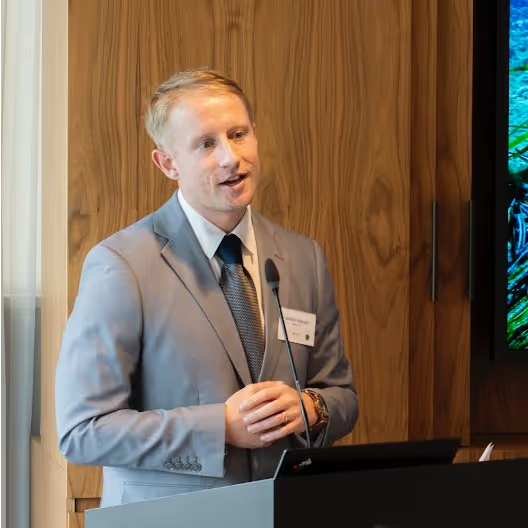



.svg)







.svg)


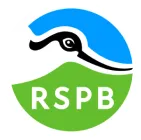







%201.webp)
.avif)
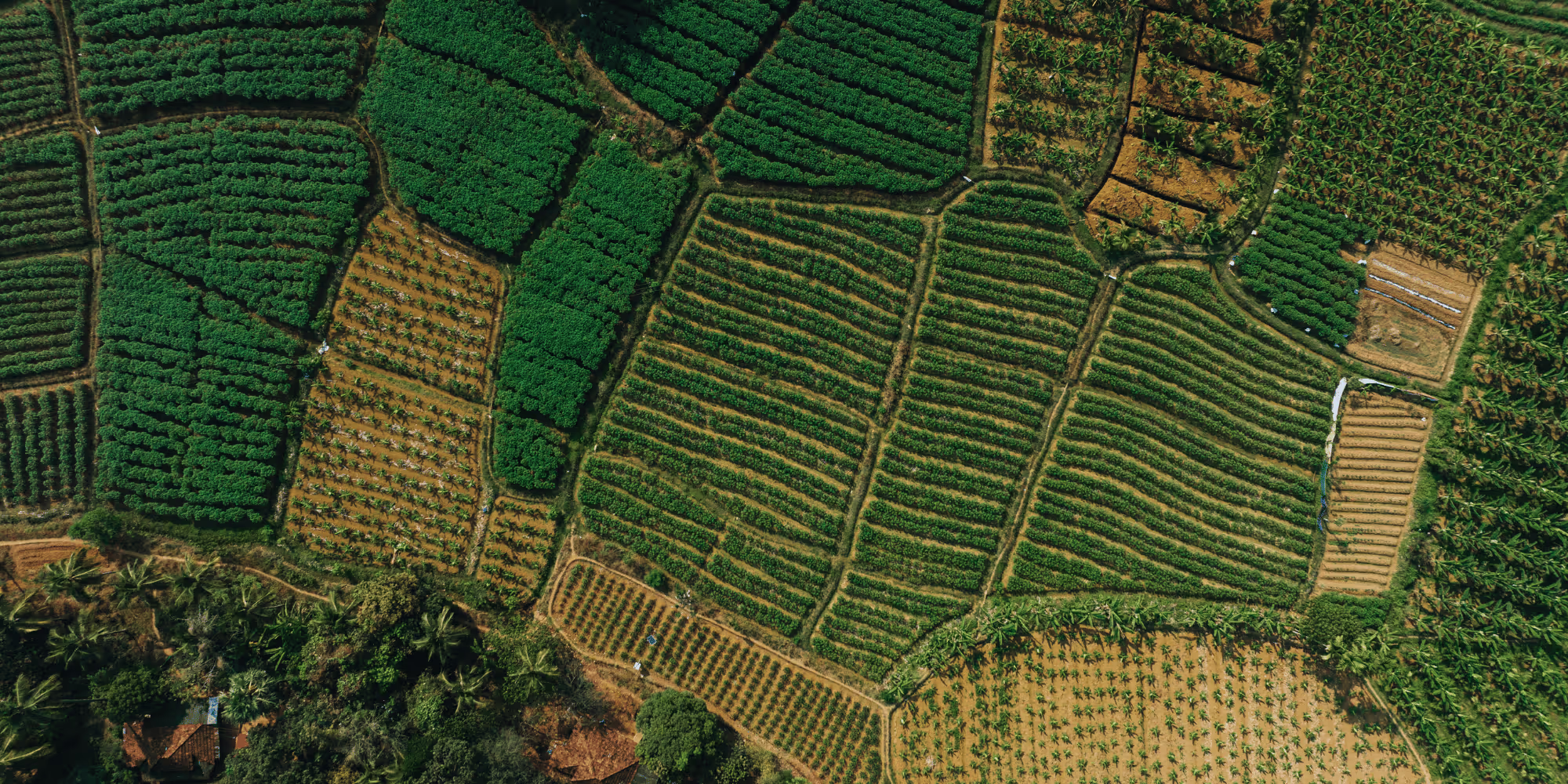
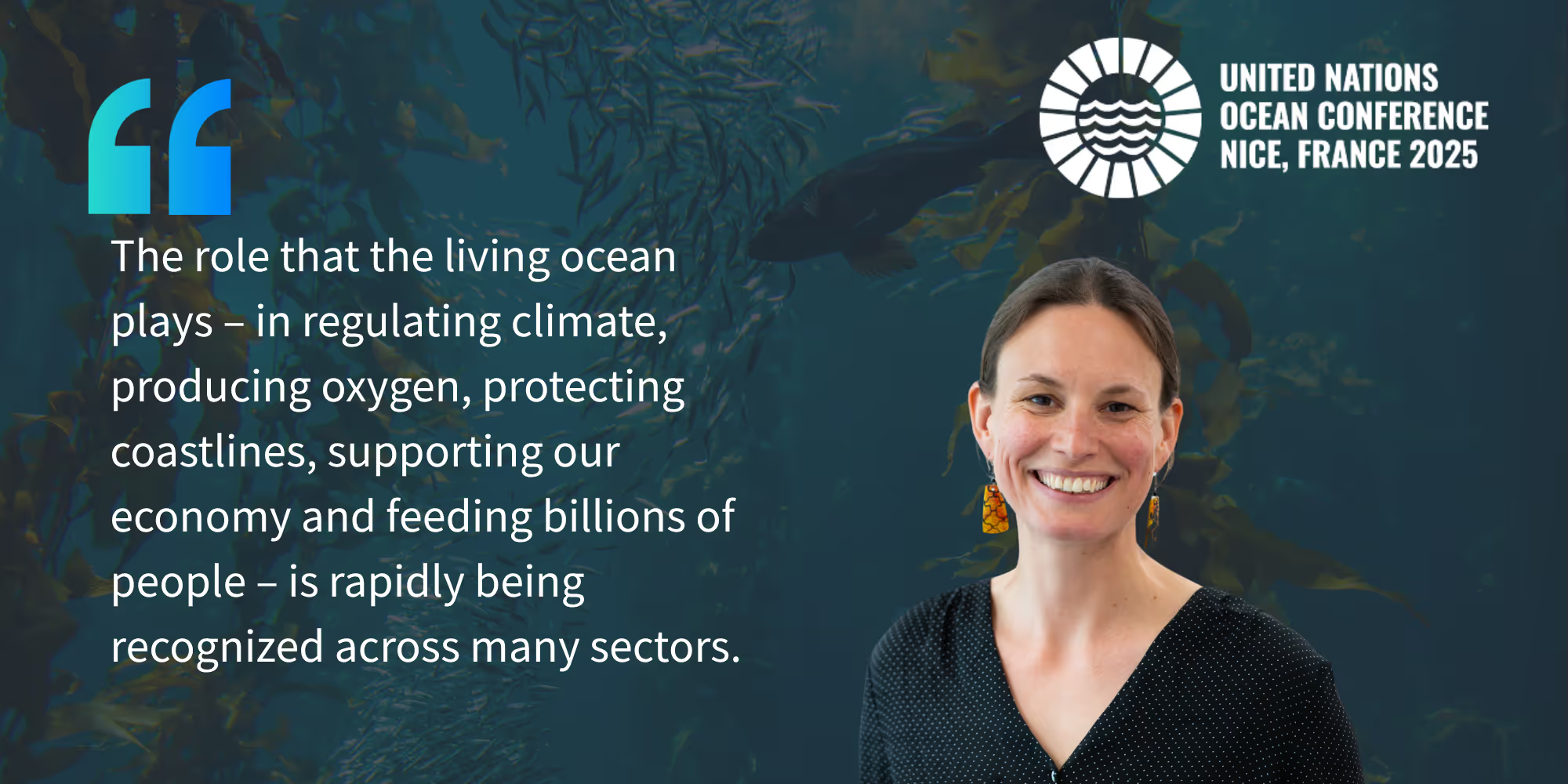
.avif)

